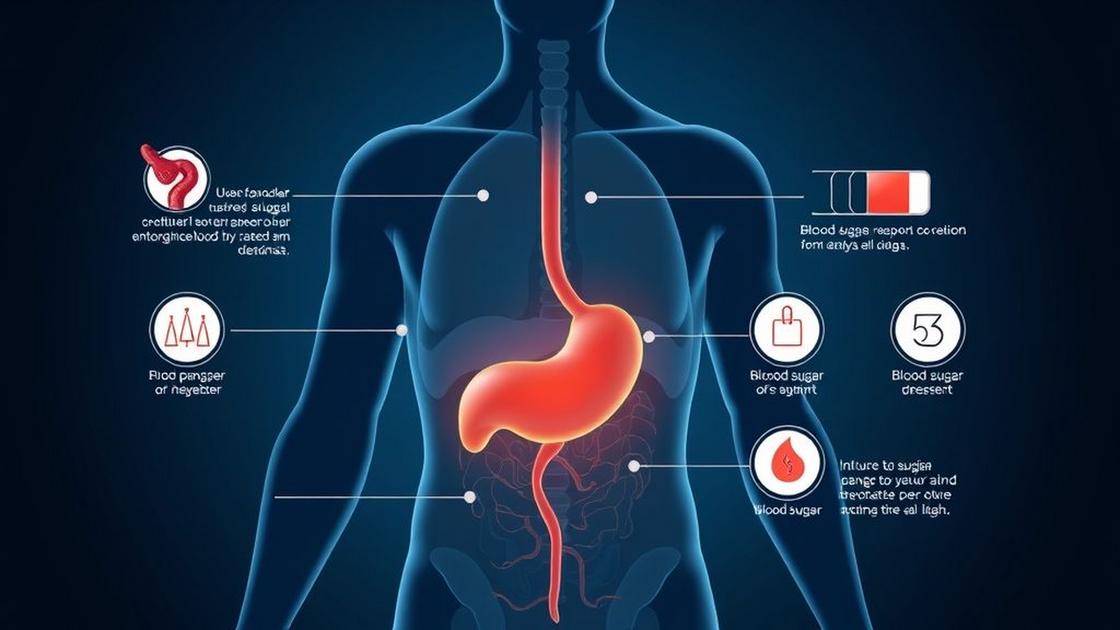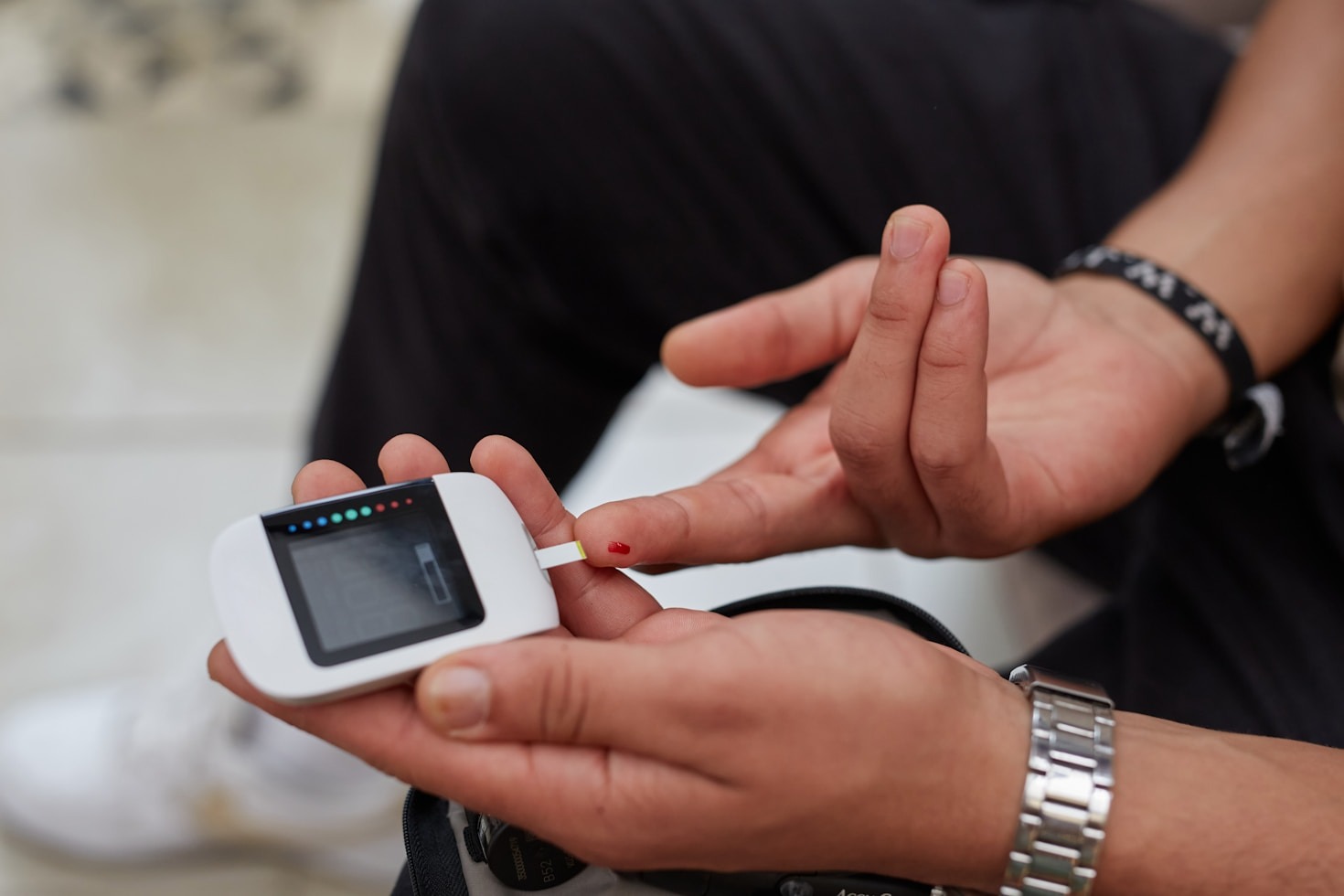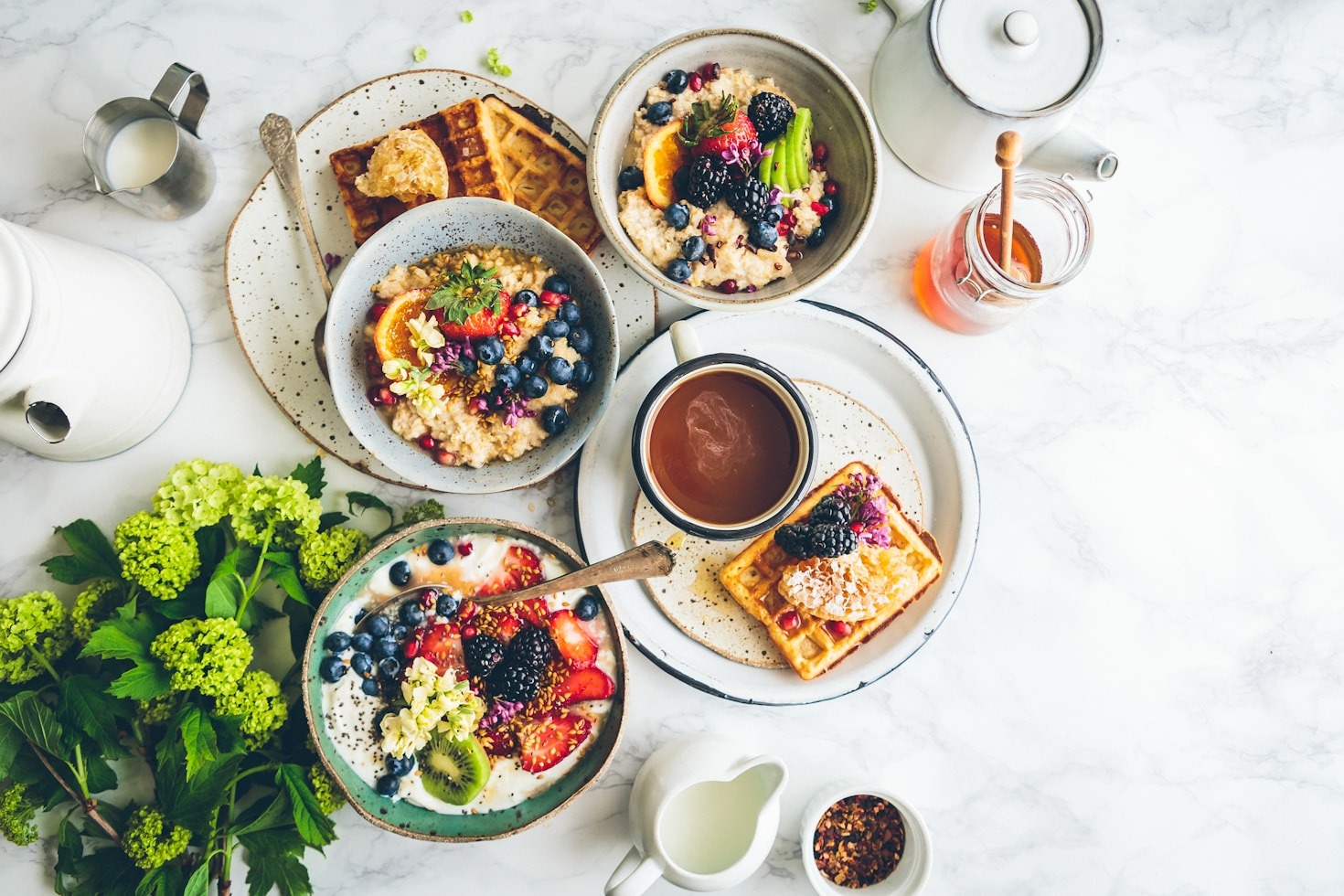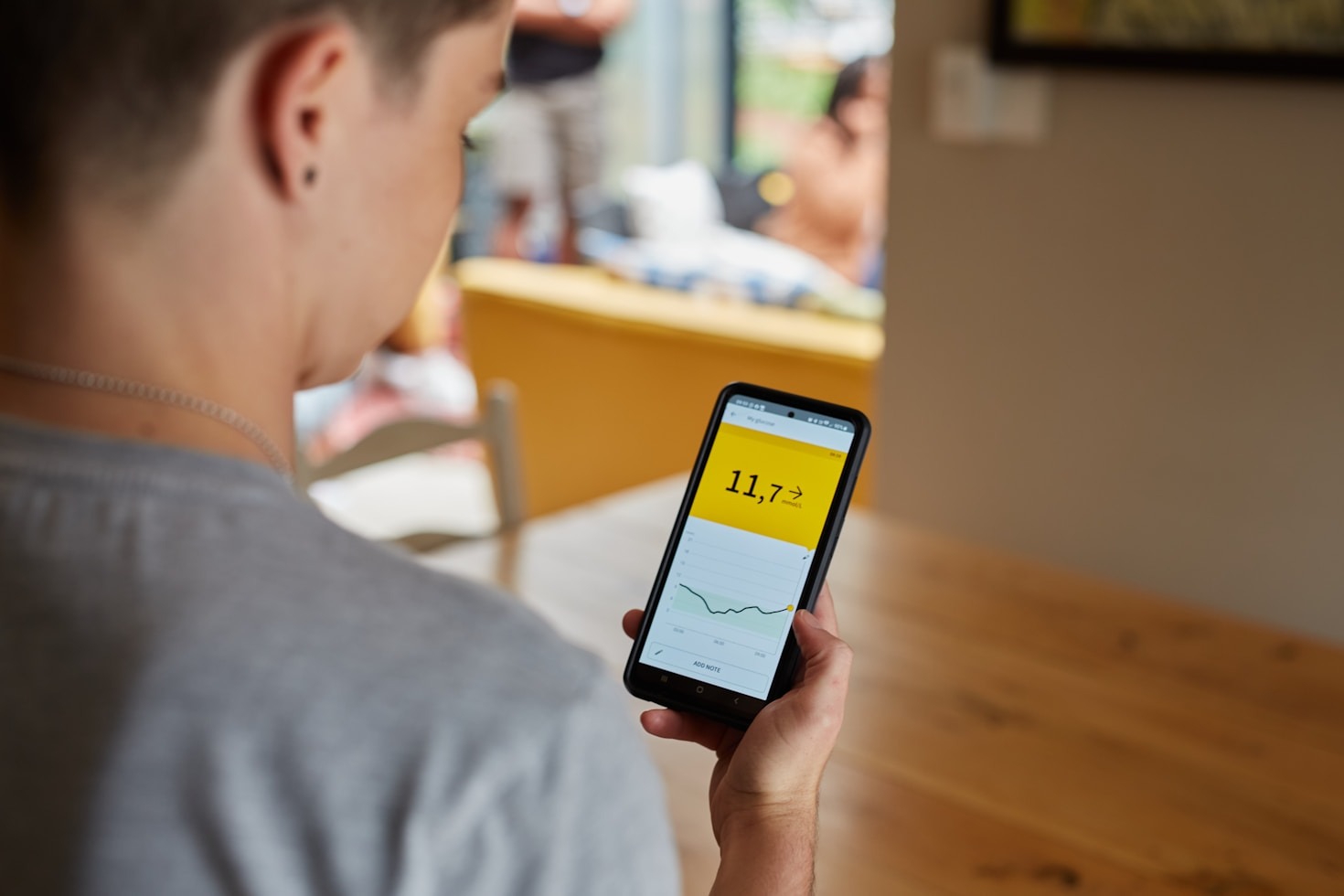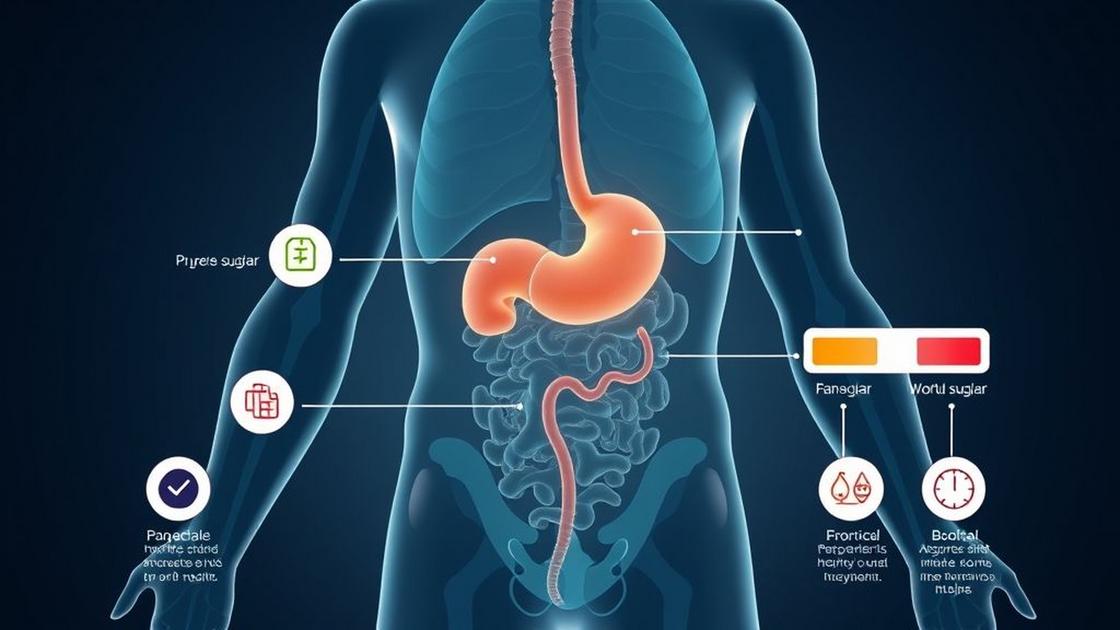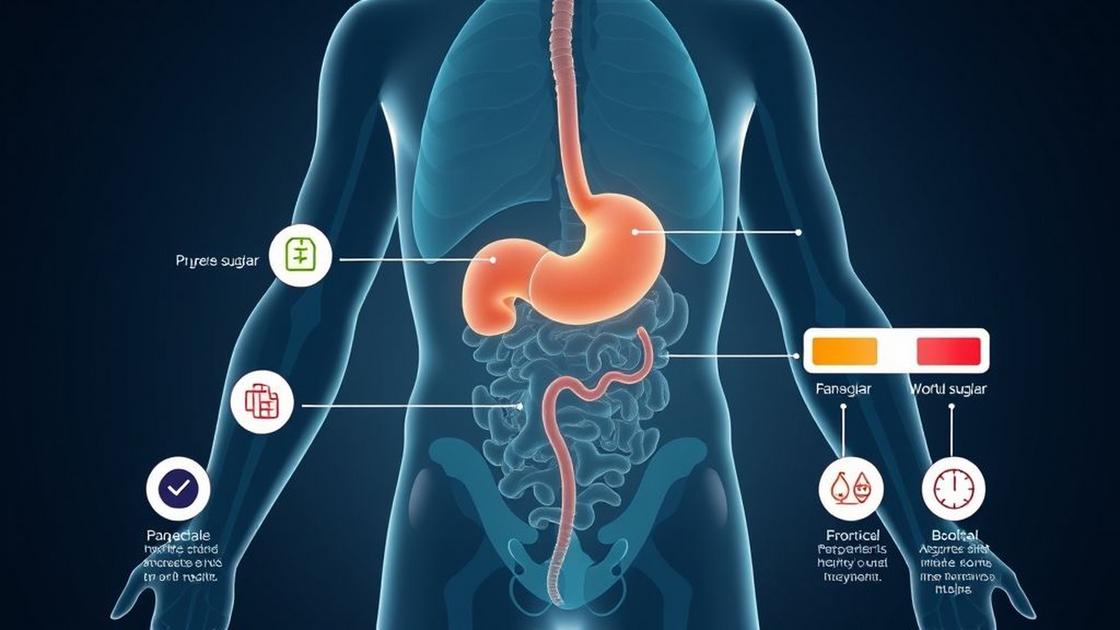Are you a woman over 30 feeling the weight of daily fatigue or hormonal imbalance? You’re not alone. Many women experience these challenges, but there is a simple solution: incorporating foods that stabilize glucose and boost daily energy into your diet. In this article, we’ll explore delicious options that can not only help balance your blood sugar but also empower you to reclaim your vitality and joy.
Understanding the Impact of Glucose on Energy Levels
In our busy lives, energy can sometimes feel out of reach. Many women over 30 experience fluctuations in energy levels, often linked to blood sugar peaks and dips. Understanding how glucose affects our energy can be a game changer. When you eat, your body breaks down food into glucose, which is used for energy. However, if your blood sugar spikes, it can lead to a crash, leaving you feeling fatigued and irritable.
Stable blood sugar levels are essential for sustained energy. When we learn to manage our glucose effectively, we open ourselves to a world where fatigue doesn’t dictate our daily lives. This is not just about science; it’s about your energy and your vitality.
Foods to Help Stabilize Blood Sugar Naturally
Choosing the right foods is key to maintaining stable glucose levels. Here are some foods to consider:
- Leafy Greens: packed with nutrients, they are low in calories and carbohydrates.
- Berries: full of antioxidants and fiber, these fruits help keep your sugar levels steady.
- Nuts and Seeds: healthy fats and protein in nuts can slow down glucose absorption.
- Whole Grains: unlike refined grains, whole grains digest slowly and provide lasting energy.
- Legumes: beans and lentils are high in protein and fiber, aiding blood sugar control.
Incorporating these foods into your diet can help you feel more balanced and energized throughout the day. Think of it as showing love to your body – and it will respond in kind!
The Role of Protein in Your Daily Energy
Protein is a crucial player in the quest for stable energy levels. Unlike carbohydrates, which can cause quick spikes in blood sugar, protein helps to maintain stability. Here’s how:
- Satiety: Protein keeps you feeling fuller for longer, reducing the urge to snack on sugary items.
- Steady Release of Energy: It offers a more gradual release of energy, helping to prevent fatigue.
- Mood Regulation: Protein contributes to the production of neurotransmitters, which can improve your overall mood.
Include sources like chicken, fish, eggs, and tofu in your meals to reap these benefits while keeping your glucose levels in check.
Why Fiber is Your Best Friend for Glucose Control
Fiber is not just for digestion; it’s a powerful tool for glucose control. Here’s why:
- Slow Digestion: Fiber slows the digestion of carbohydrates, leading to more stable blood sugar levels.
- Enhanced Satiety: High-fiber foods keep you satisfied, limiting unhealthy cravings.
- Improved Gut Health: Fiber can promote a healthy gut microbiome, which is linked to overall health.
Integrate foods like oats, barley, and legumes, all rich in fiber, into your meals for a gentle energy boost that lasts.
Superfoods That Boost Energy and Mood
Life can be busy and sometimes overwhelming. Luckily, certain superfoods can enhance your energy and uplift your spirit at the same time:
- Quinoa: This grain is not only a complete protein but also packed with B vitamins, essential for energy production.
- Dark Chocolate: When enjoyed in moderation, it can provide a quick energy lift and boosts serotonin, improving your mood.
- Chia Seeds: A tiny powerhouse, chia seeds offer fiber, protein, and omega-3 fatty acids to keep you energized.
- Smoothies with Spinach and Banana: A blend that’s easy to prepare, providing complex carbs and nutrients.
Adding these superfoods to your daily routine can create a delightful boost in both your energy and your spirits!
The Importance of Hydration in Glucose Regulation
Have you ever felt sluggish after not drinking enough water? Hydration is key, especially regarding glucose management. Staying hydrated supports:
- Metabolism: Proper hydration helps your body process and utilize nutrients more efficiently.
- Energy Levels: Dehydration can lead to fatigue and concentration issues.
- Toxin Removal: Water aids in flushing out toxins that can impact your overall well-being.
Be sure to drink plenty of water throughout the day, and consider herbal teas for added variety. Your body will thank you!
How Regular Meals Can Stabilize Energy Levels
Skipping meals can hinder your energy levels and mood. Regular meals help regulate blood sugar, preventing unwanted dips. Here are some tips:
- Set a Schedule: Aim for three balanced meals and healthy snacks between them.
- Combine Macronutrients: Each meal should include protein, healthy fats, and fiber-rich carbs.
- Listen to Your Body: Eat when you are hungry to maintain your energy balance.
Establishing a regular eating routine can lead to more stable energy throughout your day, making it easier to tackle tasks with vigor.
Simple Snack Ideas for Balanced Blood Sugar
Snacking doesn’t have to be unhealthy! Here are some easy and delicious snack ideas to keep your energy steady:
- Greek Yogurt with Berries: Packed with protein and antioxidants.
- Apple Slices with Nut Butter: A perfect balance of carbs and healthy fats.
- Carrot Sticks with Hummus: Crunchy, satisfying, and nutritious.
- Whole Grain Crackers with Cheese: A great combo of fiber and protein.
Choose snacks that nourish your body and keep you feeling energized. Making positive snack choices can be both tasty and beneficial!
Emotional Well-being and Balanced Nutrition
The link between what we eat and how we feel is undeniable. Many women experience emotional ups and downs, and nutrition plays a crucial role in that. Here’s how:
- Serotonin Production: Foods rich in omega-3s can help boost mood.
- Blood Sugar Stability: Balanced meals lead to more stable emotions, reducing anxiety.
- Mindful Eating: Paying attention to what you eat can improve your overall emotional health.
Being aware of your food choices can promote a sense of control and well-being in your daily life.
Creating Your Personalized Meal Plan for Energy
Now that you have the knowledge, it’s time to put it into action. A meal plan personalized to your needs can make a world of difference. Here’s how to get started:
- Identify Your Needs: Reflect on your current energy levels and how different foods affect you.
- Incorporate Varieties: Use a mix of proteins, fiber, and healthy fats to create balance.
- Experiment: Try new recipes or foods that resonate with your health goals.
- Adjust as Necessary: Pay attention to how your body responds and modify your plan accordingly.
With a simple plan in place, you’ll feel empowered to take charge of your energy and health. Remember, just as other women have found their path to improved well-being, you too can discover the solution that works for you. Your journey to balanced energy levels begins with the next step. Embrace it with open arms!
